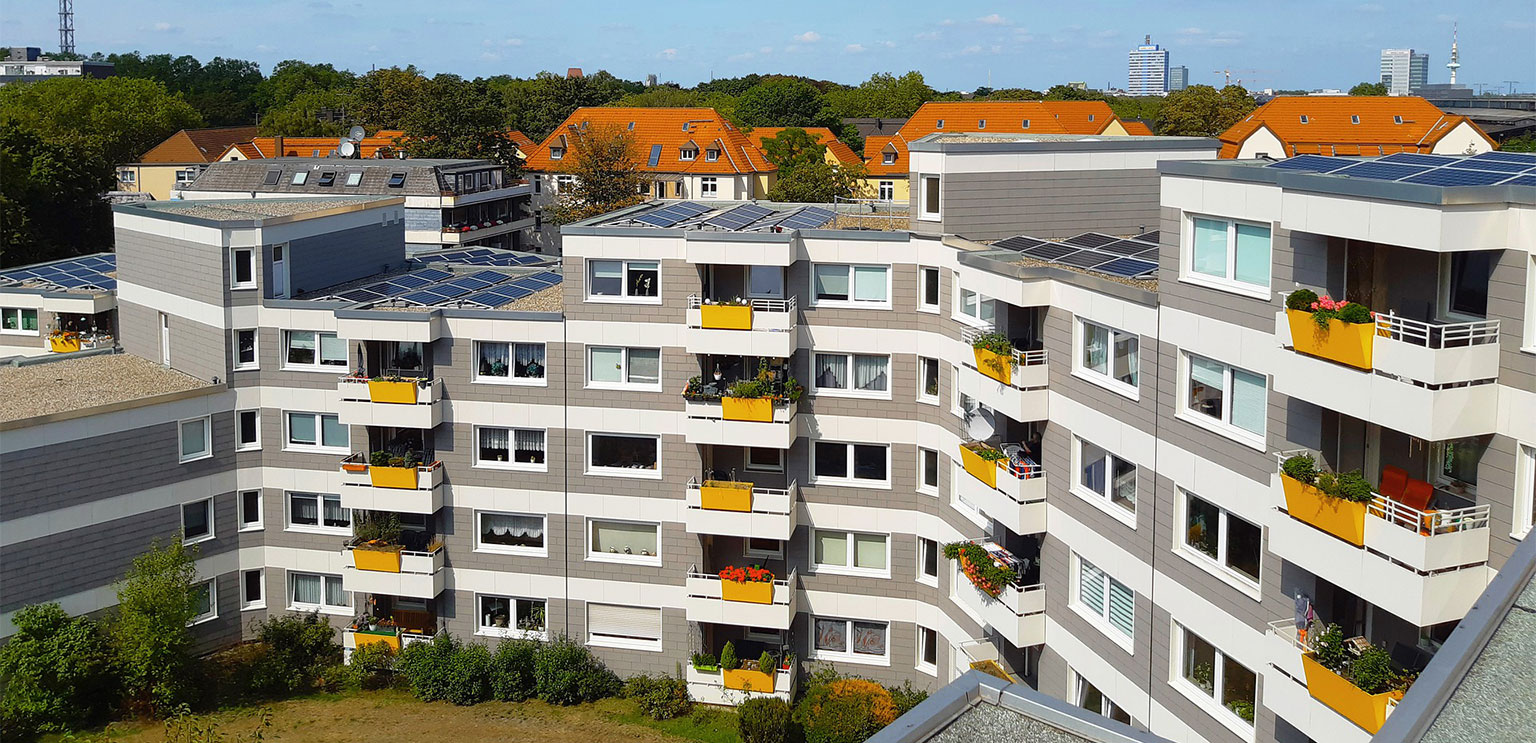Encouraging signs from the construction sector: in both the U.S. and Europe, it would appear that the recovery is closer than previously thought.
The data themselves say so. Let's start with Europe: according to Euroconstruct estimates, the volume of construction in Europe is expected to have shrunk by 7.8 percent in 2020, but it is expected to recover as early as this year (+4.1 percent), as well as in 2022 (+3.4 percent) and 2023 (+2.4 percent).
Following the loss in 2020 in the residential sector (-8.6 percent), the market will recover in 2021 with an estimated increase of 4.7 percent.
In any case, analysts said that by 2023, total construction output in the Euroconstruct area will approach 1.733 billion euros (1.73 trillion euros), surpassing the pre-covid levels recorded in 2019 by as much as 28 billion euros (+1.7 percent).
These estimates were developed based on the assumption that the economy in the Euroconstruct area will grow by 4.9 percent in 2021, compared with a sustained decline of 8 percent in 2020.
The impact of Covid in construction in the U.S.
Although the U.S. experienced a 3.5 percent decline in GDP at the end of 2020 due to Covid restrictions, some sectors still maintained some stability. These include the construction sector, which recorded a 4.7 percent increase in total construction investment in 2020 over 2019.
This is an all-time high and confirms an upward trend for 9 consecutive years.
The other side of the coin, looking at the residential market, involves some issues related to the rising prices of building materials and their reduced availability due to the pandemic. These two elements, combined with labor shortages, have caused average residential property prices to rise to a record $334,000 in 2020.





